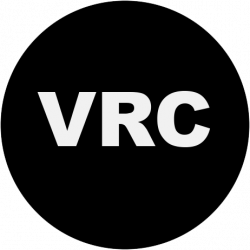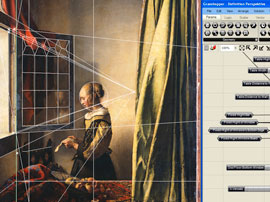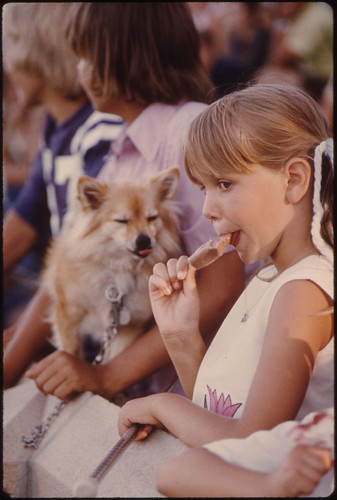The National Portrait Gallery now provides free downloads of a large range of images from its Collection for academic and non-commercial projects through a new web-site facility. Over 53,000 low-resolution images will now be available free of charge to non-commercial users through a standard ‘Creative Commons’ licence and over 87,000 high-resolution images will also be available free of charge for academic use through the Gallery’s own licences.
After searching or browsing to find an image you’d like to download, click “Use this image.” You will be brought to three separate licensing agreements. The Creative Commons license allows “for limited non-commercial use. Image sizes are 800 pixels on the longest dimension at 72 dpi.” When possible, higher resolution images will be made available through this same process. Be sure to attribute your images and provide links to NPG’s Creative Commons license.
Above image: Henry Fawcett; Dame Millicent Garrett Fawcett (née Garrett) by Ford Madox Brown; oil on canvas, 1872. NPG 1603. © National Portrait Gallery, London. Creative Commons License.
For more information, contact the NPG’s licensing office: rightsandimages@npg.org.uk



